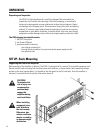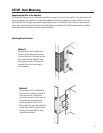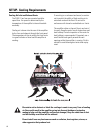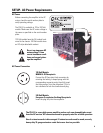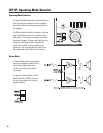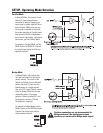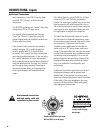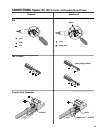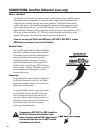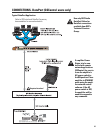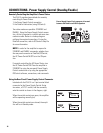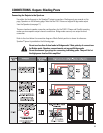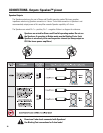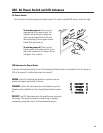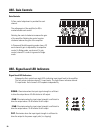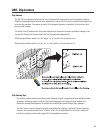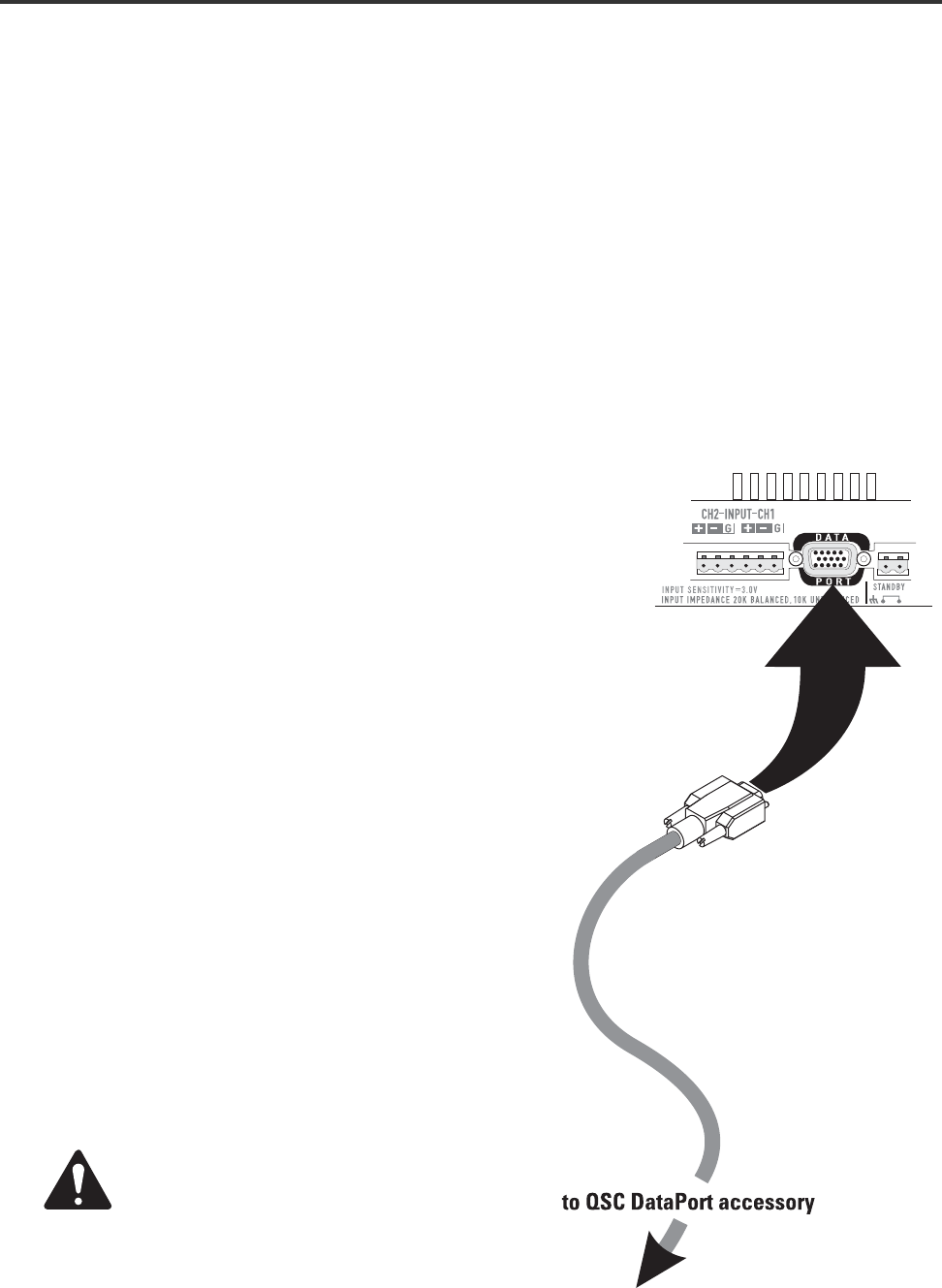
14
The DataPort is a QSC-specific connection used for interfacing amplifiers, amplifier monitor-
ing devices and signal processors. It is typically used in larger-sized installations where
amplifiers may be located far away from system operators. The DataPort interconnects
provide audio inputs to the amplifiers and amplifier operating data (temperatures, power
status, audio power level, etc....) to other QSC equipment, such as the CM16a Amplifier
Network Monitor. Managing all this information and the operation of the amplifiers is QSC’s
QSControl software running on a PC. QSControl primarily handles amplifier tasks, while
another QSC program, Signal Manager, handles Processor configuration.
If you are not using the PL6.0 II with QSControl, QSC DSP-3, QSC DSP-4 or other
QSC DataPort accessory, do not use the DataPort.
What is a DataPort?
CONNECTIONS- DataPort (QSControl users only)
Orient the DataPort cable’s male HD-15 plug with
the DataPort receptacle, insert fully, and finger-
tighten the retaining screws. Do not use tools to
tighten the retaining screws!
If using the DataPort only for control and monitor-
ing of amplifier functions and NOT audio input,
then the audio input may be connected to the
“normal” combo or terminal-block connectors. If
audio inputs are active on both the DataPort and
normal connections, they will be summed,
producing unexpected results.
DataPort Cables
Use only QSC Audio DataPort Cables for DataPort
connections. Molded-connector DataPort cables
are standard. Premium DataPort cables (made to
order with hand-wired termination) provide
individually shielded audio pairs for the best
possible audio performance. Either type of QSC
DataPort cable is available from QSC’s Technical
Services Group. Computer VGA cables are similar,
but can degrade your audio quality; we do not
recommend their use.
Connecting
If connecting a QSC DSP-3 or DSP-4 module to
the PL6.0 II, make sure the DataPort cable
between the amp and the DSP module has pin
#9 removed from either end. See DSP module
documentation for details.



